What would be the best approach for confirming the end of wave-5?
ANSWER:
This question was sent in by Dr. Mircea Dologa of Nanterre, France. This NEoWave concept is discussed in great detail in Mastering Elliott Wave, Chapter 6 (Post-Constructive Rules of Logic). One of the crucial dividing points between Elliott Wave and NEoWave is that NEoWave requires specific, post-pattern behavior to confirm your analysis. If you (or someone you know) is constantly changing their wave counts, it is almost always because they are not applying the NEoWave Post-Constructive Rules of Logic to their analysis.
There are two stages of NEoWave pattern confirmation possible in impulsive patterns; the first is mandatory and occurs when price action returns to the 2-4 trendline in less time than wave-5 took to form. The second stage of pattern confirmation occurs when wave-5 is completely retraced in less time (or no more time) than wave-5 took to form. The second stage of pattern confirmation may not always occur, but if it doesn`t, it raises doubt wave-5 actually ended. If both stages of NEoWave confirmation are met, there is little doubt your analysis is correct. If the first stage of confirmation is not met, there is no doubt your analysis is incorrect.

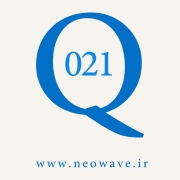
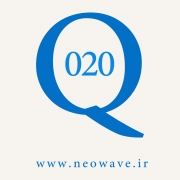
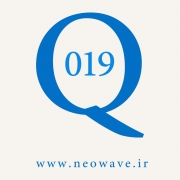
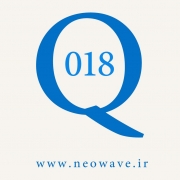
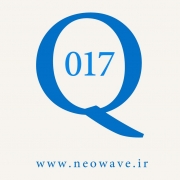
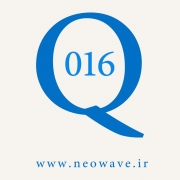

آخرین دیدگاهها